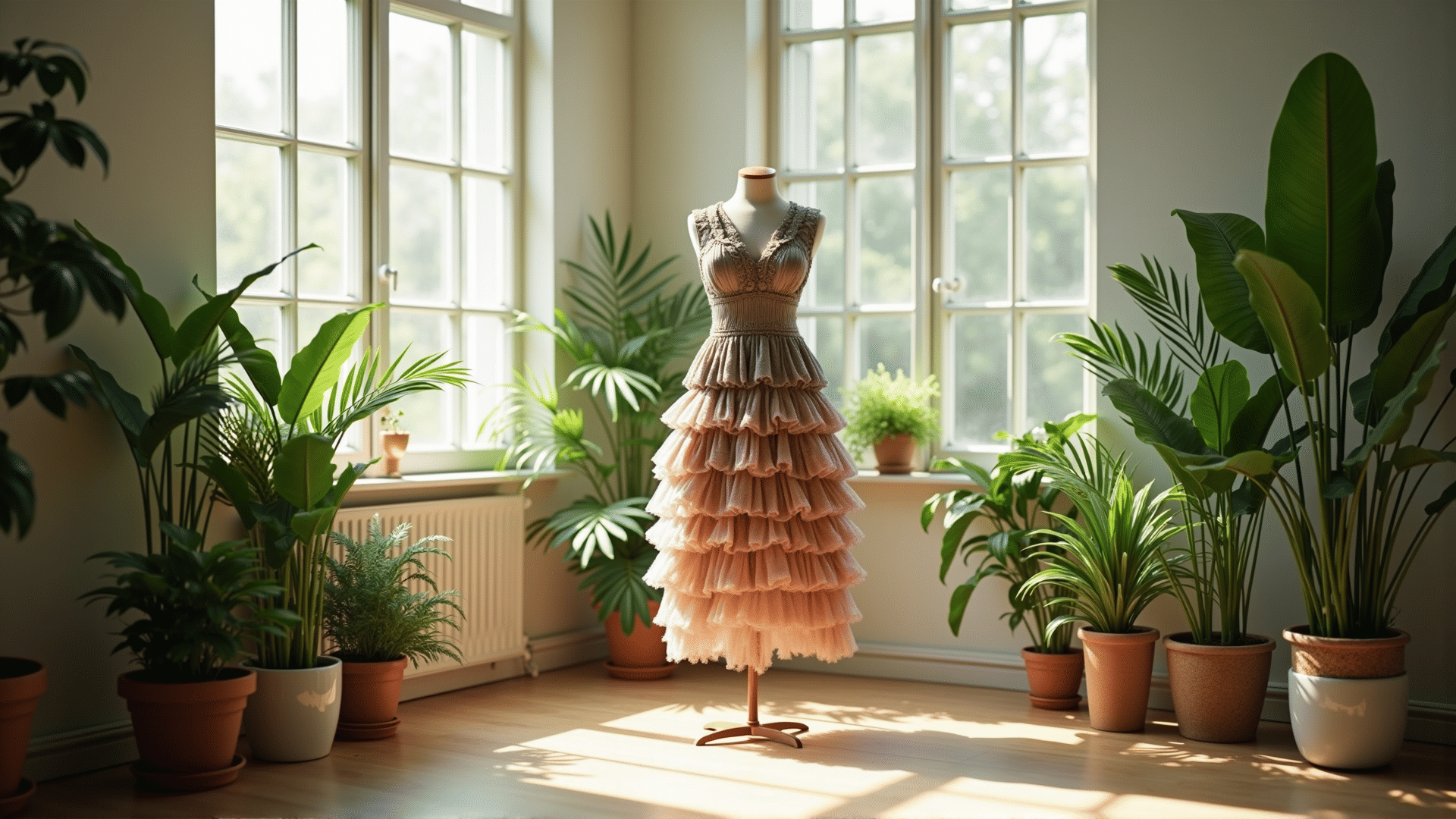Sustainable fashion is not just a trend but a transformational shift that is redefining the fashion industry as we know it. As environmental concerns continue to gain momentum, the fashion world is responding with a fresh perspective that prioritizes eco-friendliness and innovation. This new era of fashion is characterized by a commitment to reducing environmental impact while still offering stylish and cutting-edge designs.
One of the key elements driving this change is the adoption of eco-friendly fabrics. Designers and manufacturers are increasingly turning to materials that have a lower environmental footprint. Organic cotton, bamboo, hemp, and Tencel, made from sustainably sourced eucalyptus trees, are just a few examples of fabric choices that are kinder to the planet. These materials require fewer resources like water and pesticides and often decompose more easily than conventional textiles.
In addition to natural fibers, recycled materials are gaining popularity in sustainable fashion. Fabrics created from recycled plastic bottles or repurposed textiles not only reduce waste but also provide a unique aesthetic. This innovation allows designers to create pieces that are both sustainable and visually stunning, challenging the notion that style must come at the expense of the environment.
Top designers are at the forefront of this sustainable revolution, crafting collections that reflect both creativity and consciousness. High fashion brands like Stella McCartney, Eileen Fisher, and Patagonia are leading by example, incorporating sustainable practices from sourcing to production. These designers are proving that sustainability and luxury can coexist beautifully.
These pioneering efforts have also brought attention to innovative design processes. Circular fashion, which emphasizes the lifespan and recyclability of clothing, is gaining traction. Brands are developing garments that can be easily disassembled and recycled, turning old clothing into new creations. This approach not only minimizes waste but also encourages consumers to rethink their relationship with fashion, promoting a culture of care and responsibility.
Moreover, the rise of digital technology has played a significant role in the evolution of sustainable fashion. 3D printing, for example, allows for on-demand production, reducing overproduction and waste. Virtual fittings and digital fashion shows are reducing the need for physical samples and travel, further decreasing the industry's carbon footprint.
As consumers become more educated and conscientious about the environmental impact of their choices, demand for sustainable fashion continues to grow. This shift in purchasing behavior is pushing more brands to adopt sustainable practices, creating a ripple effect throughout the industry. Transparency is becoming crucial, with brands offering more information about their supply chains and the sustainability of their products.
In conclusion, sustainable fashion is reshaping the future of the industry, driven by eco-friendly fabrics and innovative designs from leading designers. This movement not only offers a solution to some of the fashion industry's most pressing environmental issues but also sets a new standard for style that embraces both elegance and responsibility. As we look forward, it is clear that the future of fashion is one where sustainability and style walk hand in hand, paving the way for a more mindful and beautiful world.
